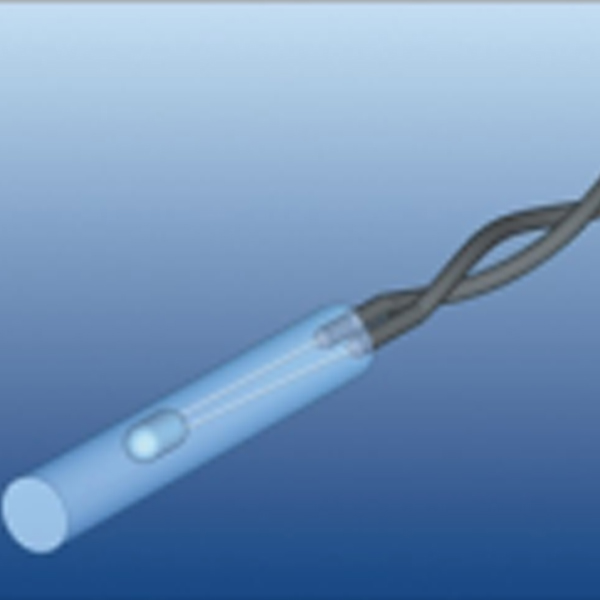In the rapidly advancing world of technology, temperature sensors play a crucial role in various industries. These sensors help measure and monitor temperature changes, allowing for effective control and optimization of processes. And the temperature sensor housing is one essential component to provide protection, accuracy, and durability to the sensor.
What is Temperature Sensor Housing?
Temperature sensor housing refers to the protective enclosure that houses the temperature sensor itself. It serves as a barrier against external influences such as moisture, dust, vibrations, and electromagnetic interference. The housing ensures the sensor remains accurate and functional in various environments, even in harsh industrial settings.
Importance of Temperature Sensor Housing
The quality of the temperature sensor housing is of utmost importance for accurate temperature measurements. A well-designed housing provides several benefits for smooth operation.
Protection: The housing shields the sensor from physical damage, contamination, and corrosive substances, thereby prolonging its lifespan.
Accuracy: By minimizing external interference, the housing helps maintain precise temperature readings, ensuring reliable data collection.
Durability: A robust and durable housing allows temperature sensors to withstand challenging conditions, making them suitable for demanding applications.
Versatility: Different industries require temperature sensors with varying specifications. The housing can be customized to meet specific needs, enabling compatibility with diverse applications.
Factors Influencing Temperature Sensor Housing
1. Material Selection
The choice of materials for temperature sensor housing significantly impacts its performance. Some common materials used include stainless steel, aluminum, plastics, and ceramics. Each material offers distinct advantages, such as corrosion resistance, thermal conductivity, or electrical insulation. Selecting the appropriate material depends on factors like the intended application, operating temperature range, and environmental conditions.
2. Design and Construction
The design and construction of temperature sensor housing should align with the specific requirements of the application. Factors to consider include ingress protection (IP) rating, sealing techniques, mounting options, and ease of installation. A well-designed housing minimizes signal interference, optimizes heat dissipation, and facilitates maintenance.
3. Environmental Considerations
Temperature sensors are deployed in various environments, ranging from indoor laboratories to outdoor industrial settings. To ensure optimal performance, the housing must be capable of withstanding temperature extremes, humidity, pressure differentials, and exposure to chemicals or hazardous substances. Adequate insulation and sealing mechanisms help protect the sensor from these environmental factors.
4. Customization and Integration
Different industries often have specific requirements for temperature sensor housing. Manufacturers should offer customization options to accommodate unique needs. This may include size variations, specialized connectors, compatibility with specific communication protocols, or integration with other monitoring systems. A customizable housing enhances the versatility and applicability of temperature sensors across diverse industries.
Conclusion
With top-quality tailor-made temperature sensor housing, businesses can achieve optimal temperature monitoring and control, improving efficiency and productivity. However, it is also vital to choose a reputable sensor housing manufacturer that understands the intricacies of temperature sensing technology and offers innovative solutions tailored to your industry's needs. Please feel free to contact us at engineer@horlechina.com or horle@263.net for more information and expert guidance.








